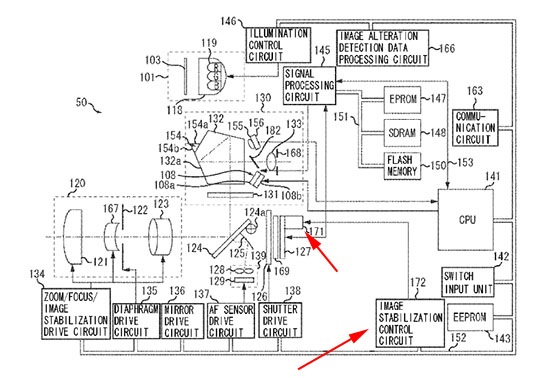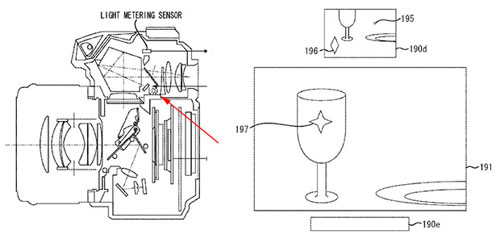More Patent Fun
A couple of New Patents filed by Canon this month.
Just remember, not all patents make it to market.

The first patent found is for what appears to be sensor based stabilization. Could this be for a powershot, and SLR or perhaps a new EVIL camera system?
US Patent: 20100003025
LCD in Viewfinder

This one adds a small LCD in the viewfinder. You can keep the camera up to your eye and see through the viewfinder while reviewing previous images taken.
US Patent: 20100002109
from PetaPixel via Photography Bay
cr
Some of our articles may include affiliate links. If you purchase through these links, we may earn an affiliate commission at no extra cost to you.

81 Comments
#2 with the US patent body because they like to file their patents there, but way, way down the list with other patent bodies like WIPO.